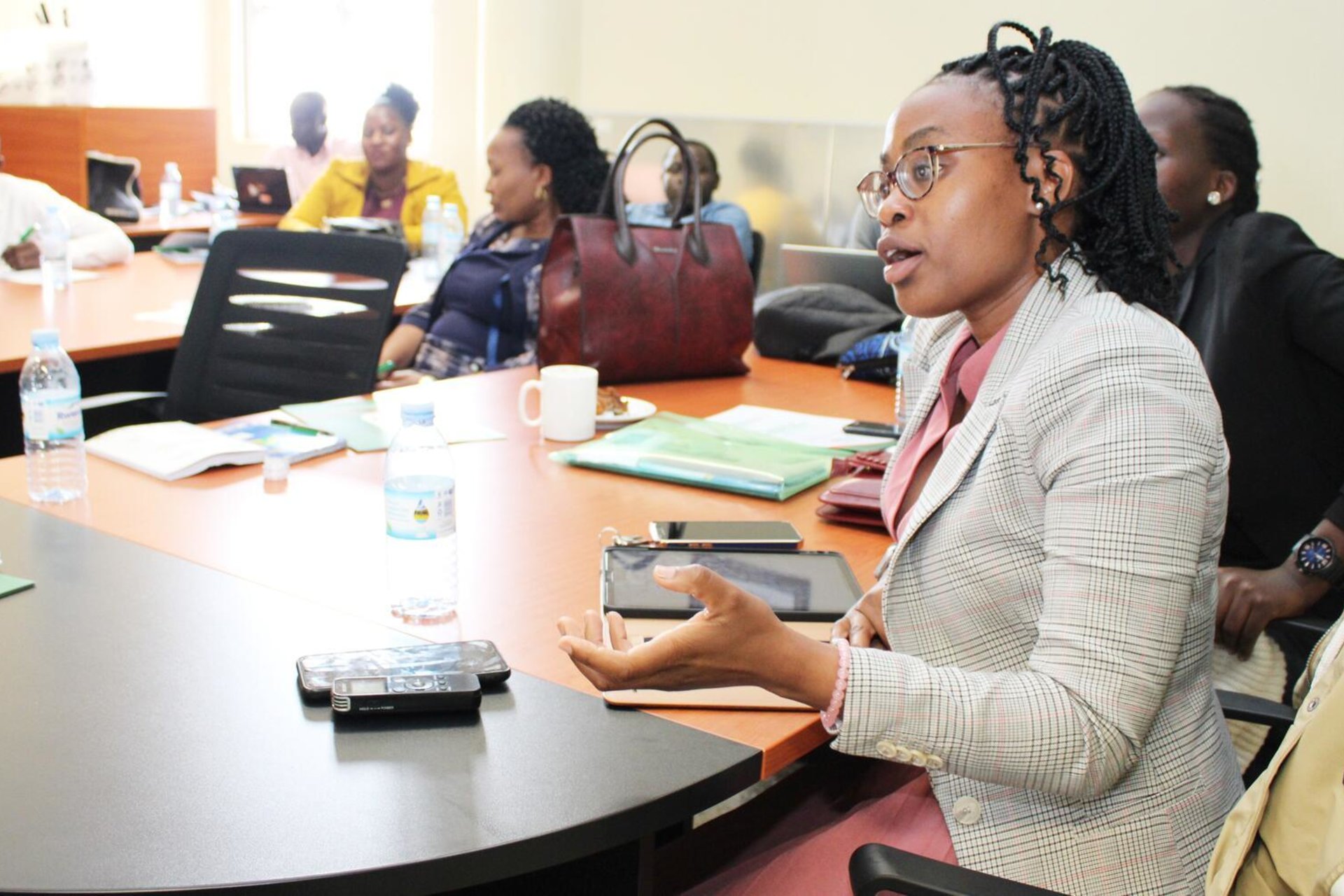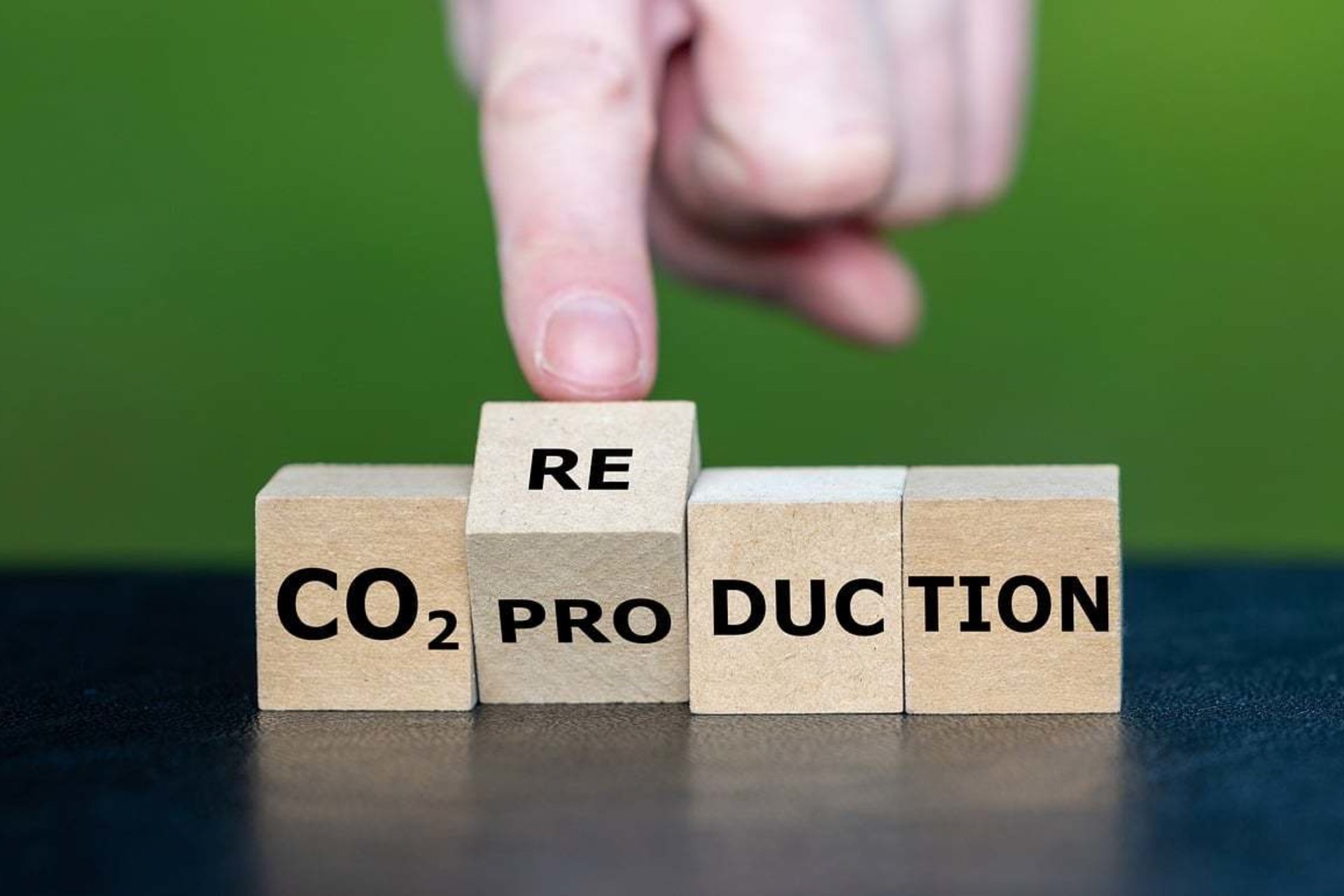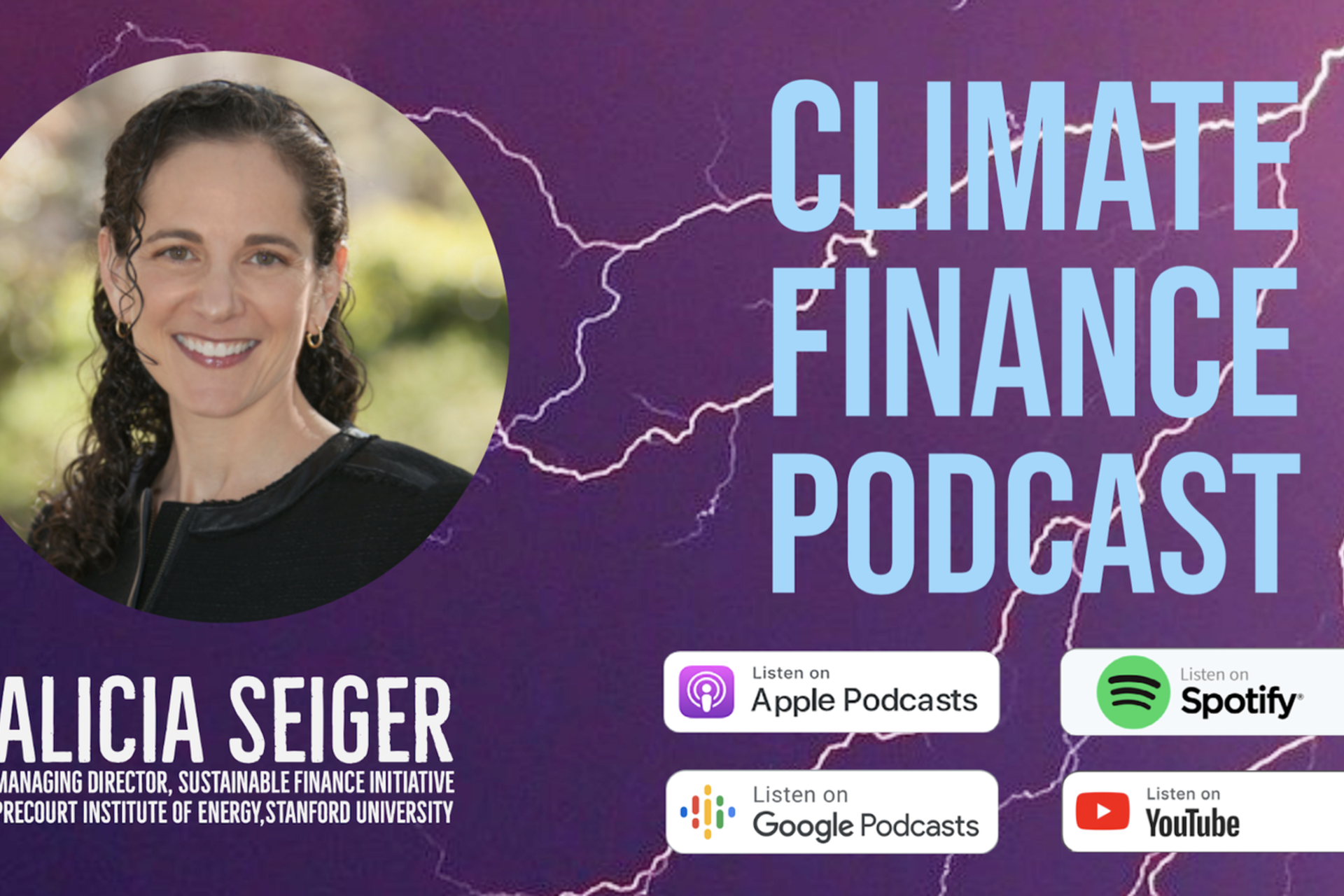
Henry Pollock, MBA ‘24,
Commercialization at Alga Biosciences
Not many people think about cattle burps. Those that do realize that ~4% of global GHG emissions stem from enteric fermentation from livestock, a.k.a., the methane emissions that occur when ruminants like cattle and sheep release gas via their burps and…other mechanisms (think, the other side of the animal).
When I joined Alga Biosciences this summer, I dove into the deep end of the messy reality – literally and figuratively – of addressing climate change. Alga produces a seaweed-based feed supplement for cattle and other ruminants that disrupts the methane-producing microbes in these animals’ rumens. I joined as the 7th member of the team with a focus on commercializing our product. Working in the cattle industry soon shattered any expectations that I had of cushy SaaS business development roles – there were few VC-paid coffee chats, sales calls with Fortune 500 behemoths, and cleanly formatted strategic plans about our journey to 2050. Rather, my life quickly became hustling in a foreign industry.
In my first weeks I had to become a sales machine – bless those who enjoy this art. I reached out to over 100 feedlots, beef and dairy buyers, animal nutritionists, and I learned more about cattle than I had ever imagined. Some lessons were quick, like erasing “cow” from my vocabulary unless talking about the actual milk-producing animal (steers, heifers, yearlings, and more). My role soon evolved, however, as building a wide funnel and formal sales pipeline generated traction. I followed my best leads, developing pilots ranging from 500 to 10,000 head of cattle across the US, Australia, and New Zealand, while evaluating funding structures as disparate as 3rd party carbon credits vs. partnerships with retailers looking to inset vs. futures contracts to indemnify farmers. And, in turn, other lessons appeared – despite the talk from carbon credit buyers, few organizations have the gumption to buy offsets from an emerging technology in a field that they do not know (e.g., enteric methane reductions from feed supplements).

In the end, we accomplished a lot this summer – including developing a commercial-scale pilot with a major American retailer and its top supplier, evaluating (and then ruling out) a business model reliant on voluntary carbon credits from players outside the food system, securing a relationship with a carbon-focused project developer to enable beef buyers to inset at scale, and building a formal CRM system that included costing and pricing models.
More broadly, this experience demonstrated the real tradeoffs present working in carbon finance at a time where VC money is short and the most prominent MRVs are looked at with a skeptical eye. It is hard to get partners to understand methane, not just carbon dioxide. Few want to discuss reductions critical to buying the world time (amid the hottest summer in human history) so that others work on sexy, but not immediate impact, direct air capture and other moonshots. Proving verifications is critical to providing others the confidence to invest, yet MRV’s operational and financial barriers are often so high it can make said investments in no-lose decarbonization projects financially unsustainable.
Perhaps most fundamentally, this summer showed me that addressing climate change will take all of us – even if we are motivated for different reasons – be it an MBA student like me, a feedlot operator in KS, a carbon credit buyer in NYC, or a researcher in the lab.



